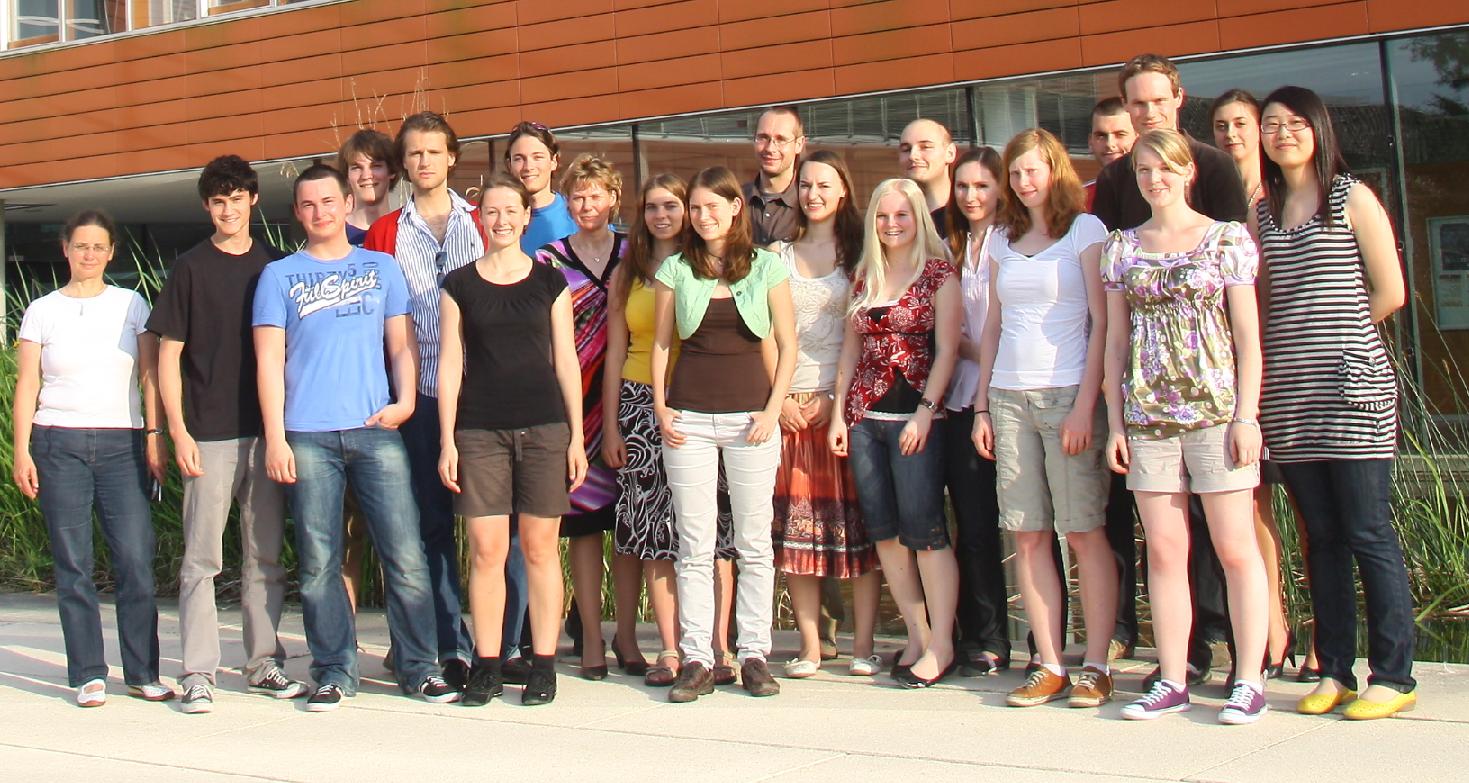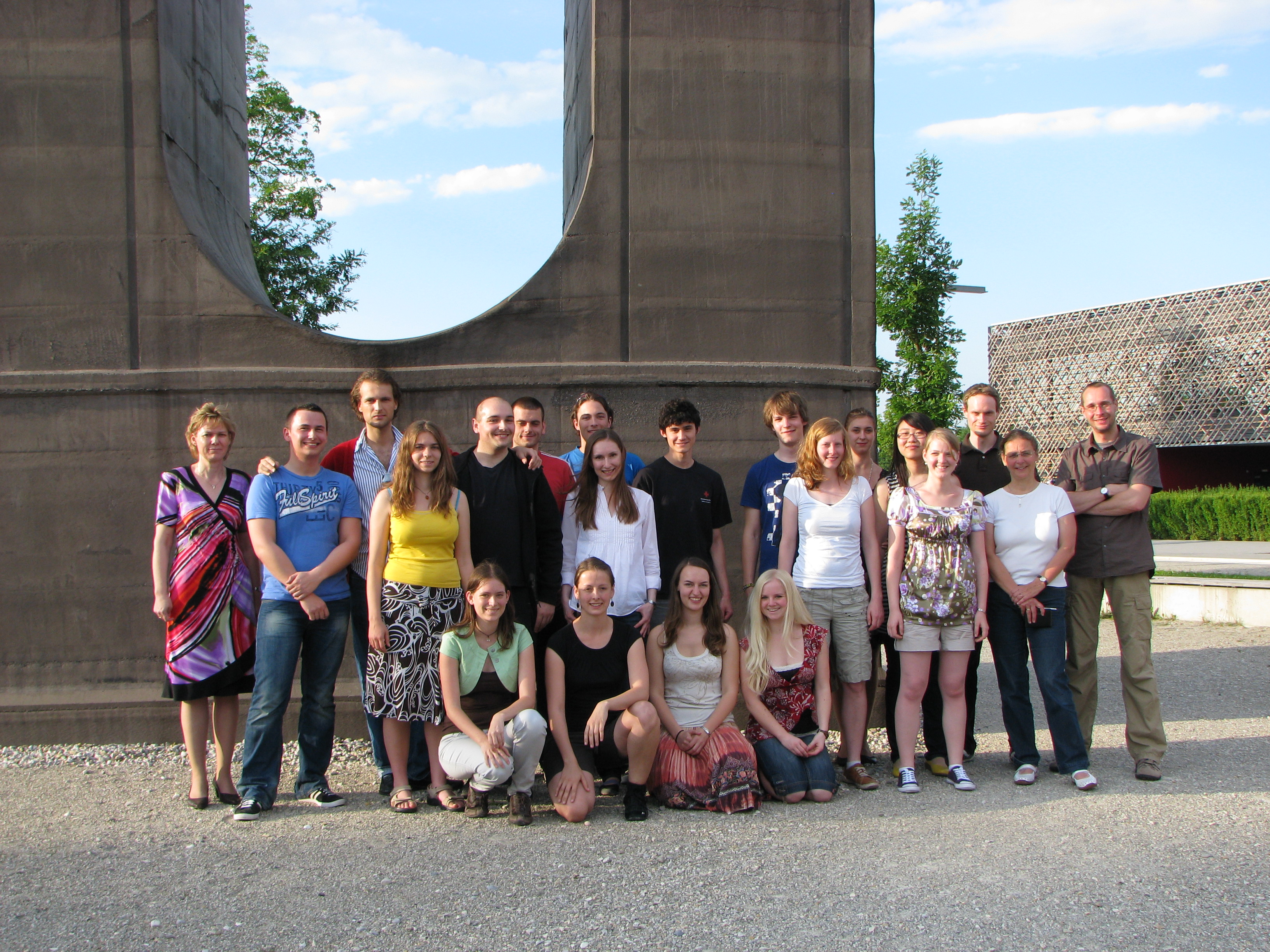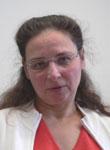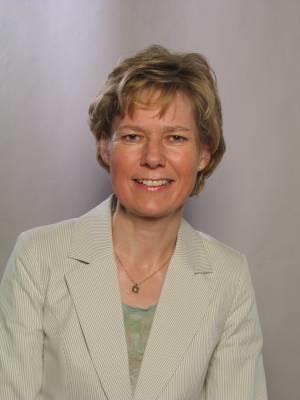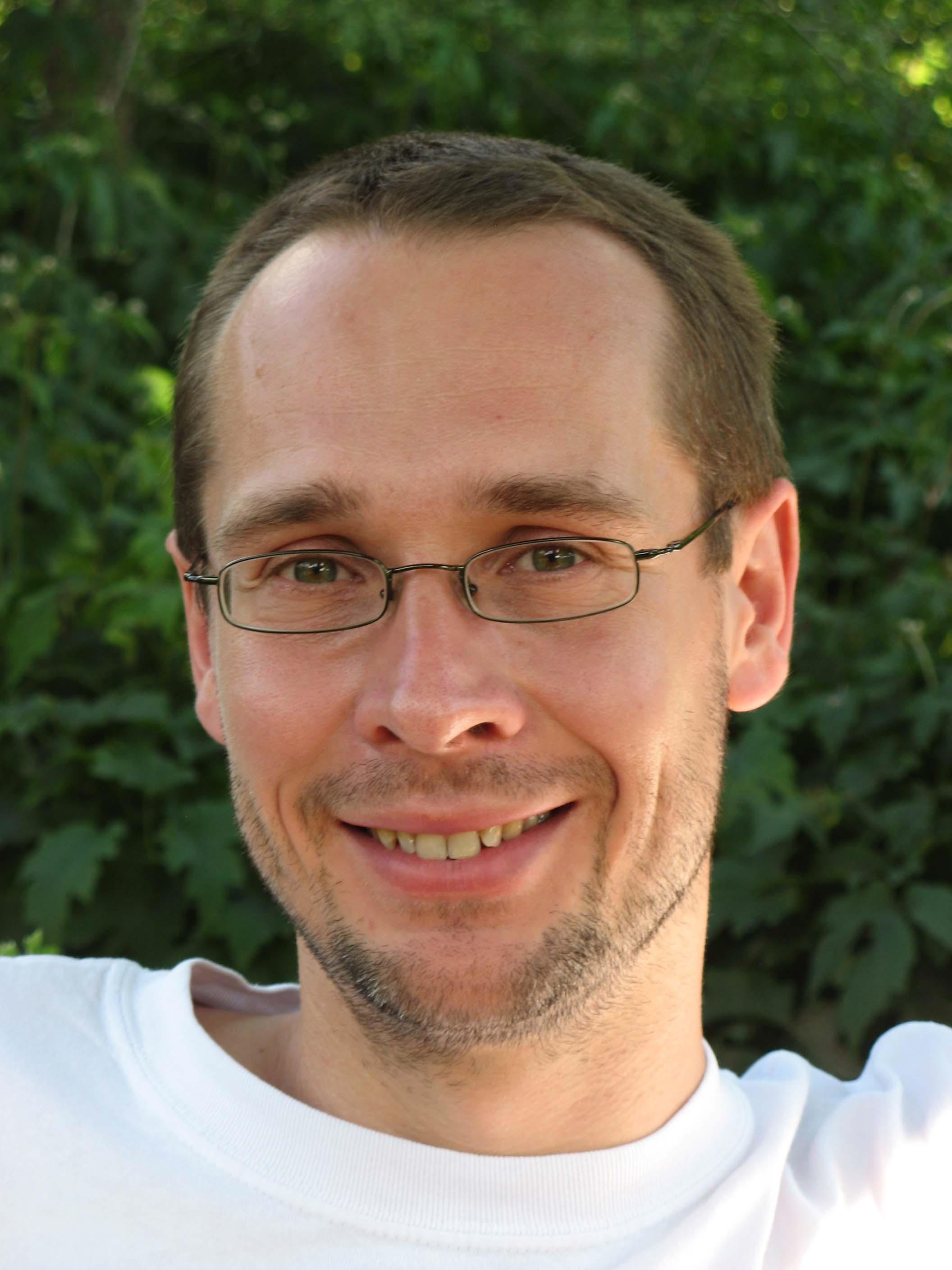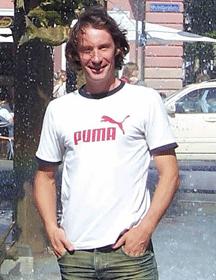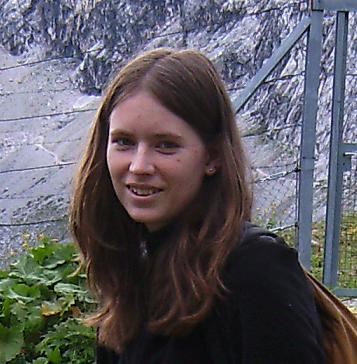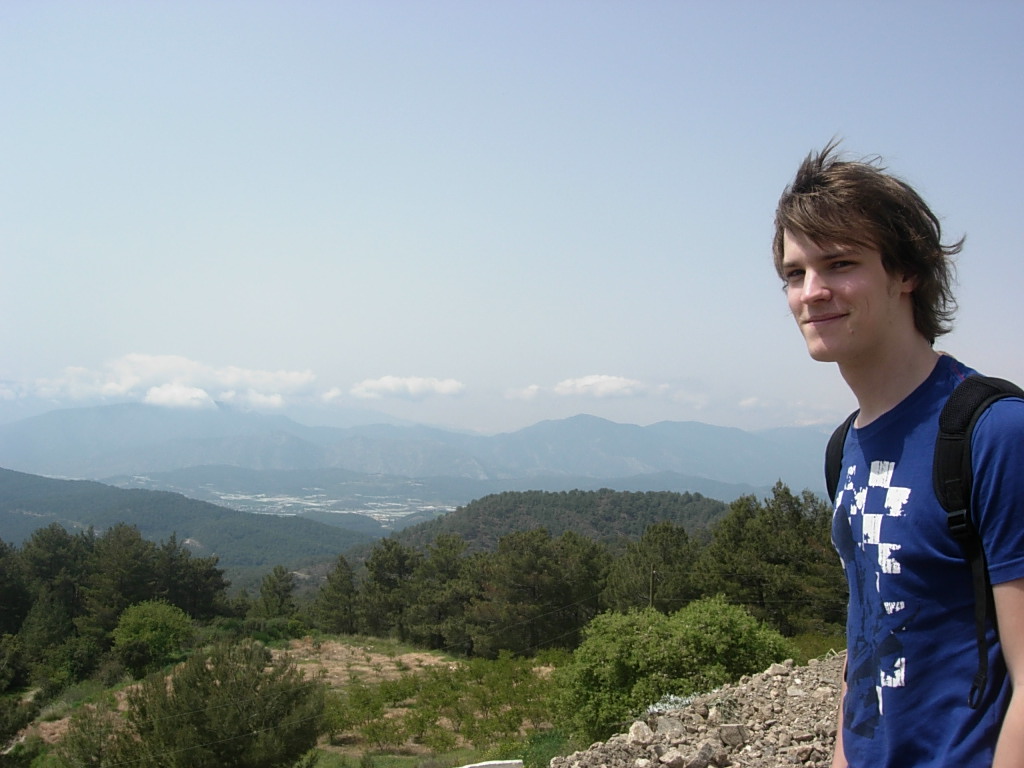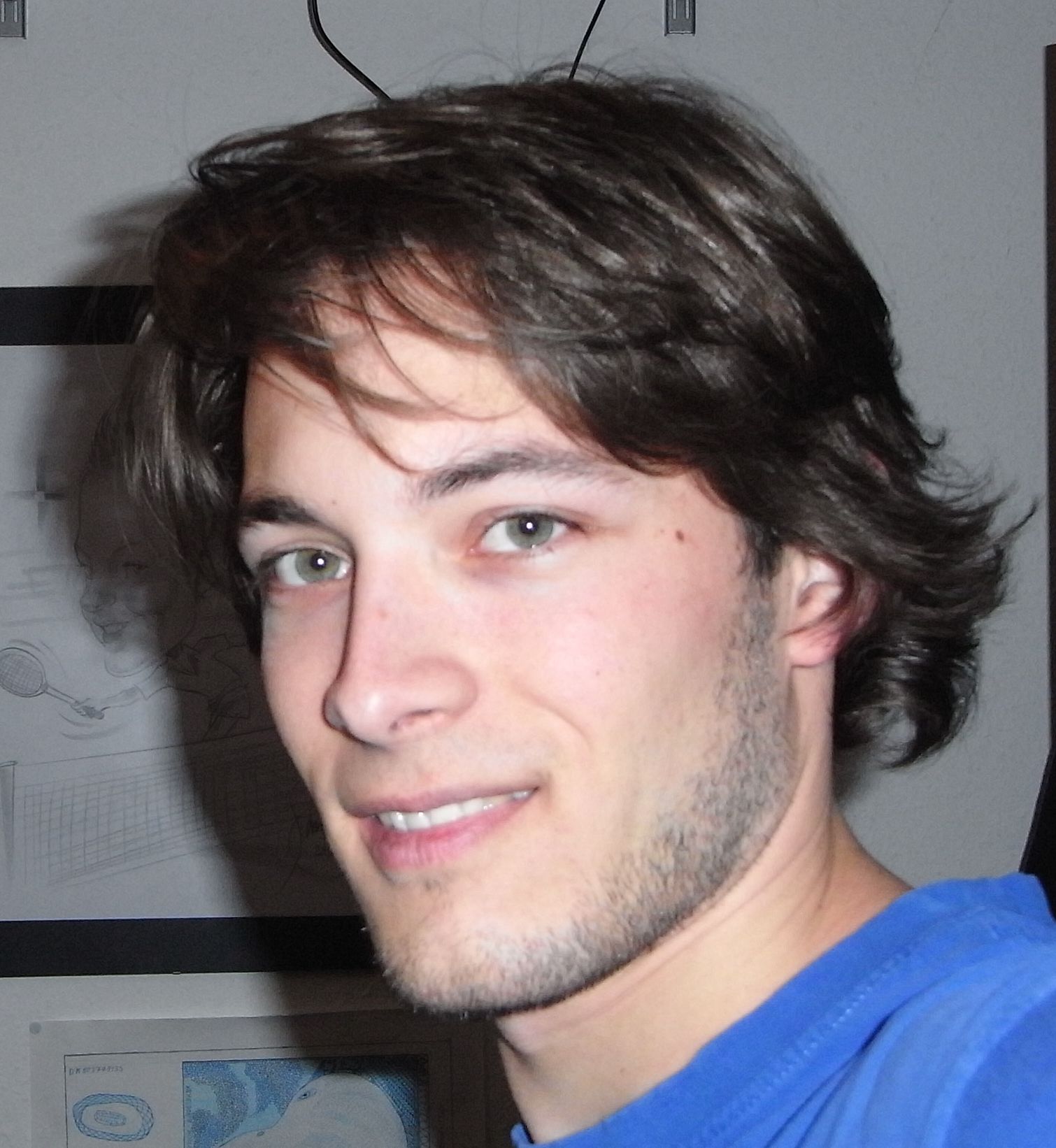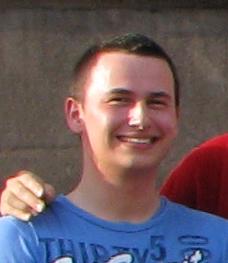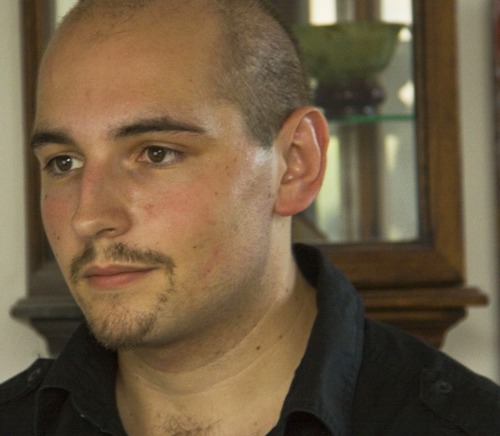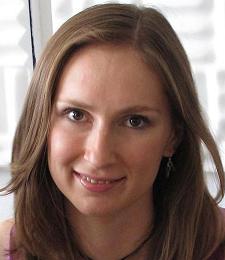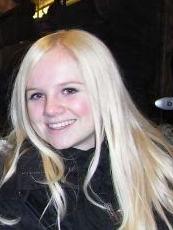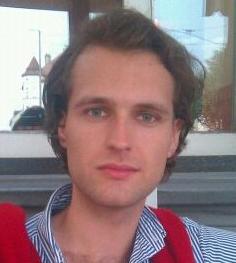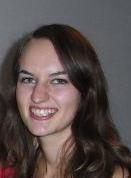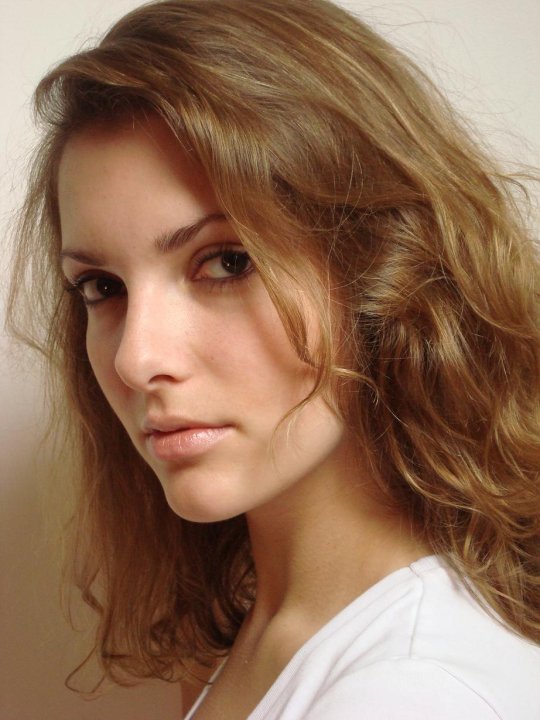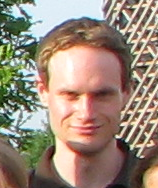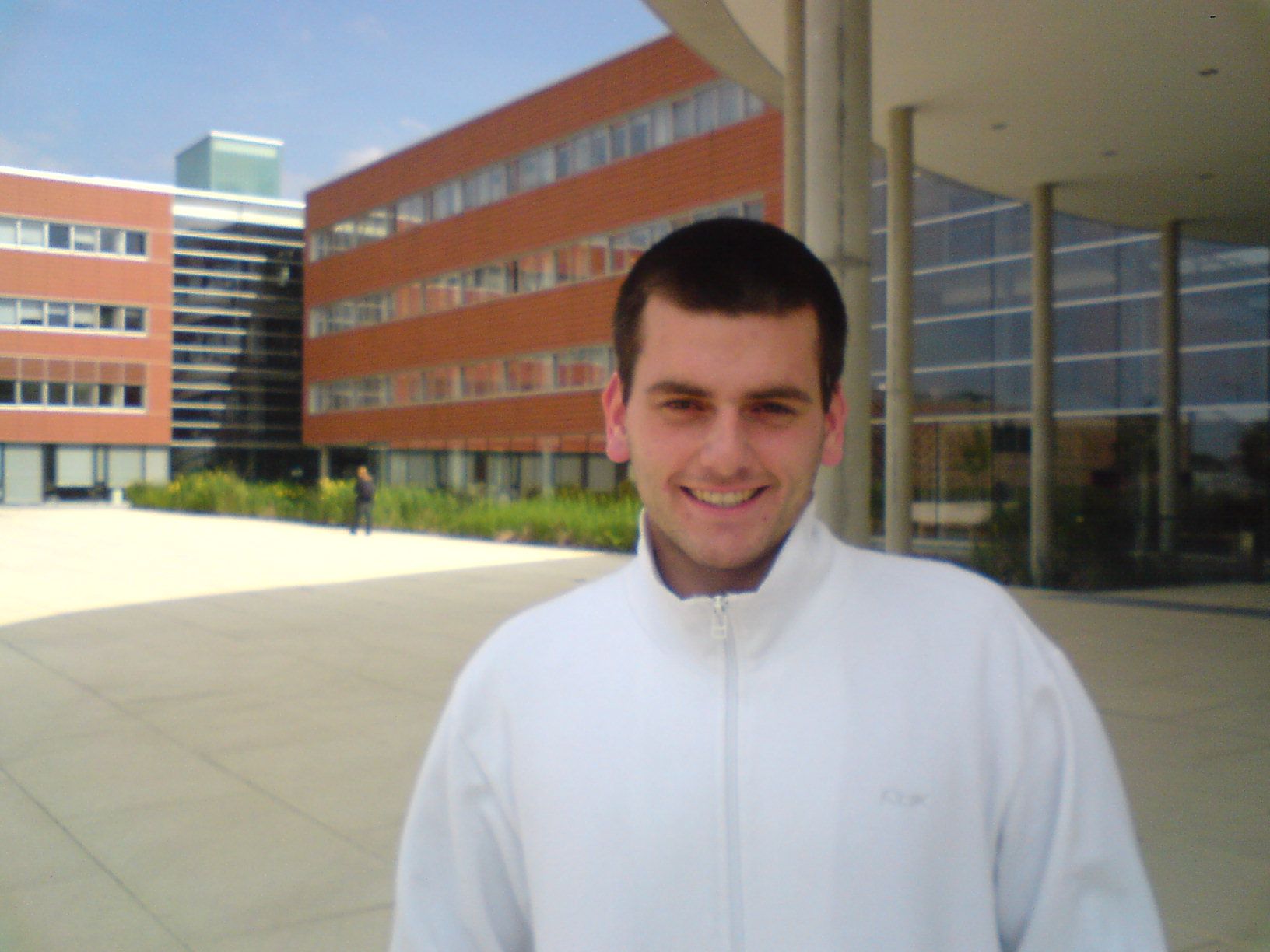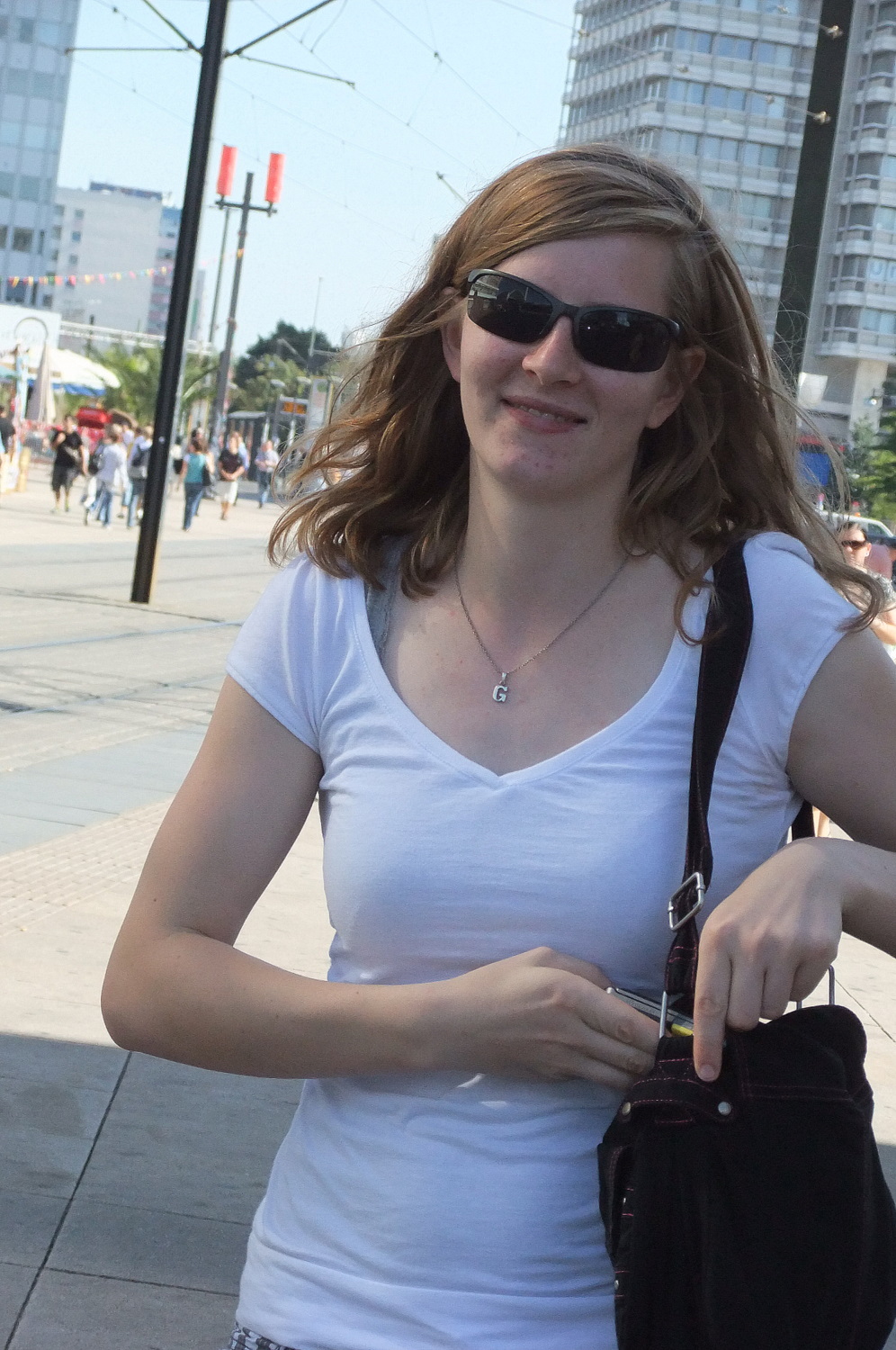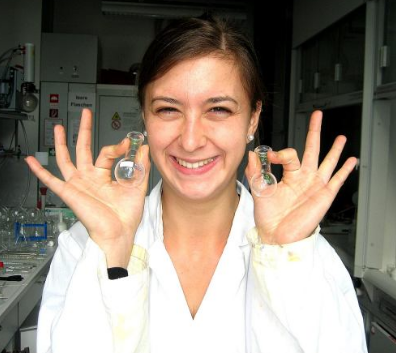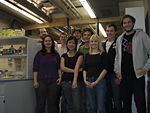Team:LMU-Munich/Team
From 2010.igem.org
(→What we did) |
(→Who is in charge of what) |
||
| (15 intermediate revisions not shown) | |||
| Line 3: | Line 3: | ||
{{:Team:LMU-Munich/Templates/Page Header}} | {{:Team:LMU-Munich/Templates/Page Header}} | ||
| - | '''Team LMU iGEM 2010''' | + | ==<font color="#9933CC">'''Team LMU iGEM 2010'''</font>== |
[[Image:LMU-Munich_team.png|center|600px|Our team picture]] | [[Image:LMU-Munich_team.png|center|600px|Our team picture]] | ||
[[Image:TeamLMU.JPG|center|600px|Also our team]] | [[Image:TeamLMU.JPG|center|600px|Also our team]] | ||
| Line 17: | Line 17: | ||
<!-- | --> | <!-- | --> | ||
<!-- |align="center"|[[Team:LMU-Munich | Team Example]] --> | <!-- |align="center"|[[Team:LMU-Munich | Team Example]] --> | ||
| - | |||
| + | |||
| + | --> | ||
<!--- The Mission, Experiments ---> | <!--- The Mission, Experiments ---> | ||
<!--{| style="color:#1b2c8a;background-color:#0c6;" cellpadding="3" cellspacing="1" border="1" bordercolor="#fff" width="62%" align="center" --> | <!--{| style="color:#1b2c8a;background-color:#0c6;" cellpadding="3" cellspacing="1" border="1" bordercolor="#fff" width="62%" align="center" --> | ||
| Line 86: | Line 87: | ||
</div> | </div> | ||
| - | == '''Who is in charge of what | + | == '''Who is in charge of what''' == |
{| | {| | ||
| Line 105: | Line 106: | ||
|- | |- | ||
| Coordination/Organisation | | Coordination/Organisation | ||
| - | | Jara Radeck | + | | Jara Radeck, Angelika Vetter |
|- | |- | ||
| Contact | | Contact | ||
| - | | igemlmu | + | | igemlmu(at)yahoo(dot)de |
|} | |} | ||
| Line 116: | Line 117: | ||
| - | + | The creation of certain constructs was necessary for our two systems for cell selection by means of apoptosis: “Cut’N’Survive” and “Jump-Or-Die”. We searched for sources of the DNA sequences we needed and found several supporters which are listed below. | |
| - | Most genes and promoters were amplificated | + | Most genes and promoters were amplificated via PCR with overhang-primers with the BioBrick prefix or suffix. If the sequence contained a EcoR1-, Pst1-, Xba1-, Spe1- or Not1- restriction site, we used mutagenesis primers and fusioned both DNA parts by fusion PCR. All PCRs worked out, even the fusion PCRs. |
| - | + | The length of the PCR products were tested by agarose gel electrophoresis. We tried to sequence our PCR products, but obtained poor results and resorted to sequencing the plasmids. | |
| - | All components were | + | In parallel, we made competent cells and multiplied ccdB (death gene)-vectors with different antibiotic resistances. All components were digested with the appropriate restriction enzymes. The samples were cleaned with a PCR clean up kit or dephosphorylated to reduce false ligations. |
| - | We ligated our constructs and several | + | We ligated our constructs and several interim stages with the 3A-assembly according to our schedule. The ligations were transformed to E.coli DH5α strains and selected by antibiotics. Afterwards, some colonies were picked and we tested the insertion of the construct by colony PCR. |
| - | If the colony PCR | + | If the colony PCR resulted in bands of the right size, we extracted the plasmids from overnight cultures and sequenced the samples with forward and reverse BioBrick primers. |
| - | + | Unfortunately, not all BioBricks were cloned succesfully. However, we were able to produce 4 BioBricks, one of which represents a full construct while the other three are intermediates. The system wasn't completed on time, so we weren´t able to test them in eukarytic cell lines. | |
| - | + | Besides, we found out that the CMV-promoter we ordered from the BioBrick registry (<html><a href="http://partsregistry.org/Part:BBa_J52034">BBa_J52034</a href></html>) was in fact a lacI gene, which resulted in the procrastination of our plan. We have sent the correction to the registry to facilitate future teams. | |
| Line 151: | Line 152: | ||
** SV40PA (Polyadenylation site): gave us a vector containing it | ** SV40PA (Polyadenylation site): gave us a vector containing it | ||
** Human Bak: her assistant Erika Clement gave us appropriate cDNA | ** Human Bak: her assistant Erika Clement gave us appropriate cDNA | ||
| + | * Prof. Dr. Thorsten Mascher: | ||
| + | ** Helped with primer design, agarose gel electrophoresis apparatuses and trouble shooting | ||
| + | * Prof. Dr. Kirsten Jung: | ||
| + | ** Helped with ideas and fundraising | ||
| + | * Dr. Susanne Gebhard: | ||
| + | ** Helped with trouble-shooting and materials | ||
| + | * Kemal Akman | ||
| + | ** Helped and supported our sub-project ProSearch | ||
<b> Plasmid and sequence sources </b> | <b> Plasmid and sequence sources </b> | ||
| Line 166: | Line 175: | ||
** TEVrecognition site+N-degron+SF3b155 | ** TEVrecognition site+N-degron+SF3b155 | ||
** TEV-Protease+p14*+TEVrecognition site | ** TEV-Protease+p14*+TEVrecognition site | ||
| - | |||
| - | |||
| - | |||
| - | |||
| - | |||
| - | |||
* Prof. Dr. Andreas Brachmann: | * Prof. Dr. Andreas Brachmann: | ||
** Sequenced our samples | ** Sequenced our samples | ||
| Line 190: | Line 193: | ||
[[Image:lmu2.jpg|center|760px|Biozentrum]]our bio-center (photos courtesy of www.stbam2.bayern.de) | [[Image:lmu2.jpg|center|760px|Biozentrum]]our bio-center (photos courtesy of www.stbam2.bayern.de) | ||
| + | There's a second University in our beautiful Munich, even though it is "only" a technical University. Also check out their | ||
| + | <html><a href="https://2010.igem.org/Team:TU_Munich">wiki</a href></html>. | ||
| + | |||
| + | [[Image:Tu.jpg]] | ||
<html> | <html> | ||
| Line 205: | Line 212: | ||
</a> <!-- hitwebcounter.com --> | </a> <!-- hitwebcounter.com --> | ||
</html> | </html> | ||
| + | |||
| + | |||
<!-- Include the next line at the end of every page --> | <!-- Include the next line at the end of every page --> | ||
{{:Team:LMU-Munich/Templates/Page Footer}} | {{:Team:LMU-Munich/Templates/Page Footer}} | ||
Latest revision as of 21:10, 10 January 2011
We are a team constisting of biologists, biochemists, chemists and bioinformatics and four faculty advisors... The LMU team is competing for the first time.
Kemal Akman: Bioinformatics
Julia Bartels: expected BSc Biology, ApoControl, Pathway
Tobias Bauer: BSc Biology, Pathway
Alexander Buschle: BSc Biology, ApoControl
Benjamin Clanner: Chemistry and Biochemistry, pharmaceutical sciences, Pathway
Maria Katharina Drexler: BSc Biology, ApoControl
Erik Fumi: Chemistry and Biochemistry, Pathway
Tatyana Goldberg: BSc Bioinformatics, ApoControl
Franziska Häfele: expected BSc Biology, ApoControl
Corinna Hofer: BSc Biology, ApoControl
Nicolas Keller: Biology, Law, ApoControl, Pathway
Laura Kleinknecht: BSc Biology, ApoControl
Christina Krönauer: expected BSc Biology, Pathway
Marisa Kurz: Chemistry and Biochemistry, Pathway
Jens Popken: Biology, Pathway
Jara Radeck: Biology, ApoControl
Emanuel Stiegeler: BSc Biology, Pathway
Angelika Vetter: Biology, ApoControl
Sabine Wagner: Biology, ApoControl, Pathway
Mengzhe Wang (Grace): Biology, ApoControl
Short description of our work, our results and our supporters
Most genes and promoters were amplificated via PCR with overhang-primers with the BioBrick prefix or suffix. If the sequence contained a EcoR1-, Pst1-, Xba1-, Spe1- or Not1- restriction site, we used mutagenesis primers and fusioned both DNA parts by fusion PCR. All PCRs worked out, even the fusion PCRs.
The length of the PCR products were tested by agarose gel electrophoresis. We tried to sequence our PCR products, but obtained poor results and resorted to sequencing the plasmids.
In parallel, we made competent cells and multiplied ccdB (death gene)-vectors with different antibiotic resistances. All components were digested with the appropriate restriction enzymes. The samples were cleaned with a PCR clean up kit or dephosphorylated to reduce false ligations.
We ligated our constructs and several interim stages with the 3A-assembly according to our schedule. The ligations were transformed to E.coli DH5α strains and selected by antibiotics. Afterwards, some colonies were picked and we tested the insertion of the construct by colony PCR.
If the colony PCR resulted in bands of the right size, we extracted the plasmids from overnight cultures and sequenced the samples with forward and reverse BioBrick primers.
Unfortunately, not all BioBricks were cloned succesfully. However, we were able to produce 4 BioBricks, one of which represents a full construct while the other three are intermediates. The system wasn't completed on time, so we weren´t able to test them in eukarytic cell lines.
Besides, we found out that the CMV-promoter we ordered from the BioBrick registry (BBa_J52034) was in fact a lacI gene, which resulted in the procrastination of our plan. We have sent the correction to the registry to facilitate future teams.
The protocols we used are listed here: Protocols
The Biobricks we submitted:
Supervisors
Plasmid and sequence sources
We are students at Ludwigs-Maximilians-University in Munich, Germany.
There's a second University in our beautiful Munich, even though it is "only" a technical University. Also check out their
wiki.


![]()
![]()







![]()
![]()

![]()
Team LMU iGEM 2010
-->
Who we are
Advisors
Undergrads
Who is in charge of what
Press
Nicolas Keller, Marisa Kurz
Sponsoring
Sabine Wagner, Franziska Haefele
Pathway
Tobias Bauer, Emanuel Stiegeler, Benny Clanner
ApoControl
Julia Bartels, Jara Radeck, Mengzhe Grace Wang
Homepage
Tatyana Goldberg, Jens Popken
Coordination/Organisation
Jara Radeck, Angelika Vetter
Contact
igemlmu(at)yahoo(dot)de
What we did
The creation of certain constructs was necessary for our two systems for cell selection by means of apoptosis: “Cut’N’Survive” and “Jump-Or-Die”. We searched for sources of the DNA sequences we needed and found several supporters which are listed below.
Our notebook with detailed descriptions can be found here: ApoControl notebook
As our project for human practice, we carried out a survey about synthetic biology on the general public at the Oktoberfest, LMU Munich and the Municipal Secretary: Human practice
Where we are from
![]()
![]()

 "
"
